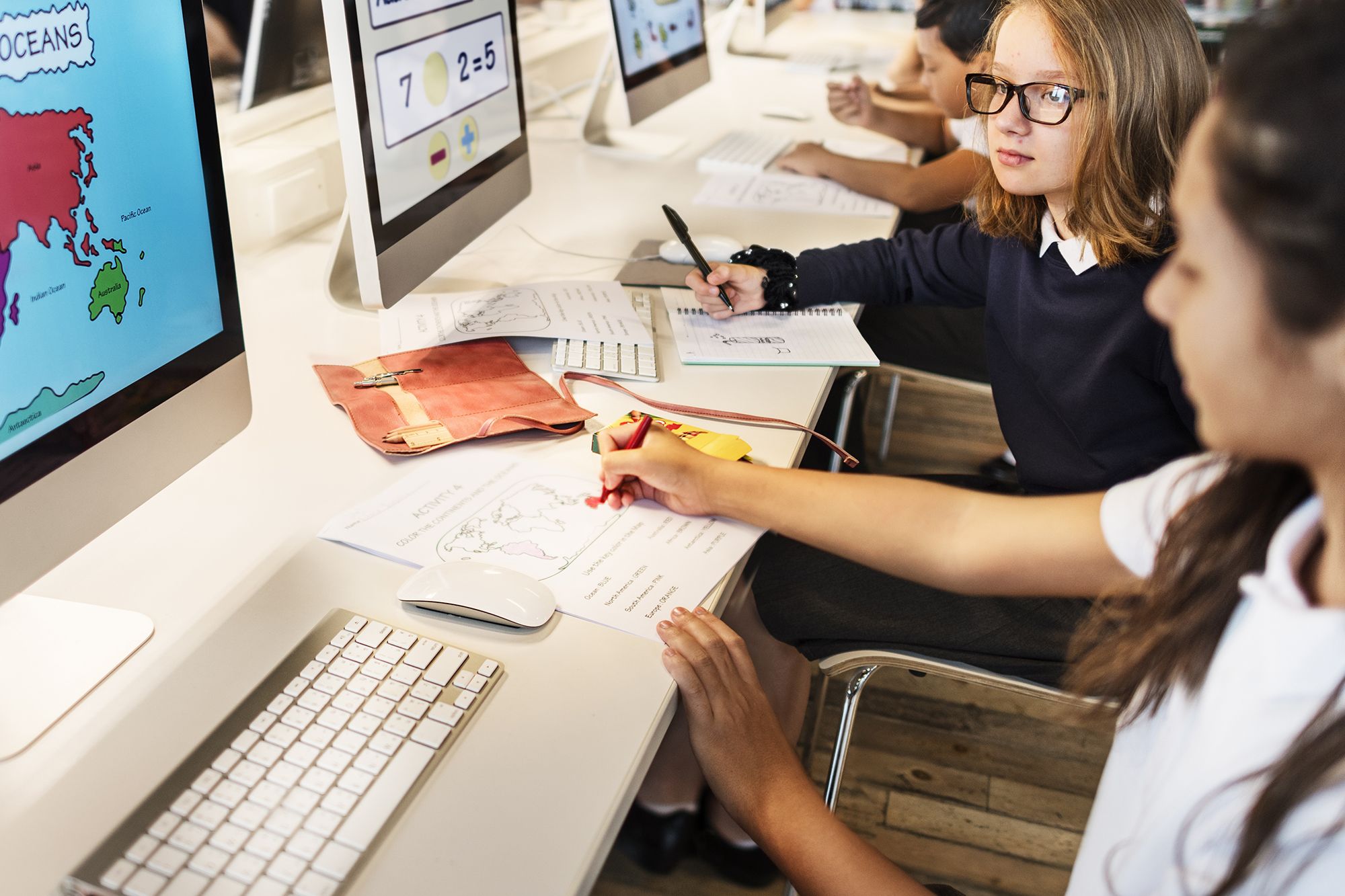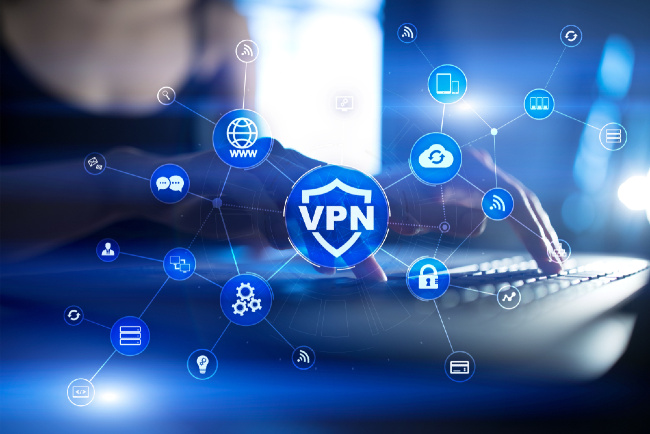How Does Technology Impact Student Learning?

In today’s digital age, technology plays an increasingly prominent role in education, reshaping the way students learn and interact with course material. From interactive digital resources to online collaboration tools, technology offers numerous opportunities to enhance student learning outcomes. In this article, we will explore the various ways in which technology impacts student learning, including its benefits, challenges, and implications for educators and students alike. Also, check out if Web Development can be a side hustle for students.
1. Access to Information
One of the most significant impacts of technology on student learning is the unprecedented access to information it provides. With the internet at their fingertips, students can quickly and easily research topics, access educational resources, and explore diverse perspectives on a wide range of subjects. This access to information empowers students to take ownership of their learning process, pursue their interests, and engage with course material in a more meaningful and self-directed manner.
2. Personalized Learning
Technology enables personalized learning experiences tailored to the individual needs and preferences of each student. Adaptive learning platforms, intelligent tutoring systems, and educational apps use data analytics and machine learning algorithms to adapt instructional content and pace to each student’s unique learning style, skill level, and progress. This personalized approach to learning allows students to learn at their own pace, receive targeted feedback, and focus on areas where they need additional support or enrichment.
3. Engagement and Motivation
Technology has the potential to enhance student engagement and motivation by providing interactive and immersive learning experiences. Educational games, simulations, virtual reality (VR), and augmented reality (AR) applications captivate students’ attention and make learning more engaging and enjoyable. By incorporating elements of gamification, such as rewards, challenges, and progress tracking, technology motivates students to actively participate in their learning and persist in the face of challenges.
4. Collaboration and Communication
Technology facilitates collaboration and communication among students, educators, and peers, transcending geographical barriers and fostering a sense of community in the classroom. Online collaboration platforms, video conferencing tools, and social media networks enable students to connect, share ideas, and collaborate on group projects regardless of their physical location. These collaborative experiences promote teamwork, communication skills, and cross-cultural understanding, preparing students for success in an increasingly interconnected world.
5. Multimedia Learning
Multimedia technologies, such as videos, animations, podcasts, and interactive presentations, enrich the learning experience by providing multi-sensory and multi-modal representations of course content. Visual and auditory stimuli enhance comprehension, retention, and engagement, catering to diverse learning preferences and cognitive styles. Additionally, multimedia resources enable educators to illustrate complex concepts, demonstrate real-world applications, and cater to different learning modalities, ensuring that all students have access to high-quality instructional materials.
6. Flexibility and Accessibility
Technology offers flexibility and accessibility in education, allowing students to learn anytime, anywhere, and on any device. Online learning platforms, digital textbooks, and mobile apps enable students to access course materials, participate in discussions, and complete assignments from the comfort of their own homes or on the go. This flexibility accommodates diverse learning needs, preferences, and lifestyles, empowering students to take control of their learning and overcome barriers to access.
7. Challenges and Considerations
While technology offers numerous benefits for student learning, it also presents challenges and considerations that educators must navigate. These include issues related to digital equity and access, privacy and security concerns, digital distractions, information overload, and the need for digital literacy and responsible technology use. Educators must address these challenges thoughtfully and proactively to maximize the benefits of technology while mitigating potential risks, drawbacks and questions like “Who could write my paper for me?”.
8. Data-Driven Decision Making
Technology enables educators to gather and analyze data on student performance, engagement, and learning outcomes more efficiently and effectively than ever before. Learning management systems (LMS), educational software, and digital assessment tools provide educators with real-time insights into student progress and mastery of course content. By leveraging data analytics, educators can identify areas for improvement, tailor instruction to meet individual student needs, and make data-driven decisions to optimize the learning experience.
9. Cultivation of 21st-Century Skills
Technology integration fosters the development of essential 21st-century skills, such as critical thinking, creativity, collaboration, communication, and digital literacy. Through project-based learning, online collaboration, and multimedia presentations, students learn to think critically, solve problems creatively, work effectively in teams, and communicate ideas clearly and persuasively. These skills are essential for success in today’s rapidly evolving workforce and society, where adaptability, innovation, and digital fluency are increasingly valued.
10. Lifelong Learning and Career Readiness
Technology empowers students to engage in lifelong learning and prepare for future careers in a rapidly changing global economy. By providing access to online courses, professional development resources, and industry-specific tools and software, technology equips students with the knowledge, skills, and competencies needed to succeed in their chosen fields. Additionally, technology facilitates networking, mentorship, and collaboration opportunities with professionals and experts around the world, enabling students to explore diverse career pathways and pursue their passions with confidence and purpose.
Conclusion
In conclusion, technology has a profound impact on student learning, transforming the educational landscape in unprecedented ways. From access to information and personalized learning experiences to enhanced engagement, collaboration, and flexibility, technology offers numerous opportunities to enhance student learning outcomes. However, educators must navigate the challenges and considerations associated with technology use thoughtfully to ensure that all students can benefit from its potential. By harnessing the power of technology effectively, educators can empower students to become lifelong learners equipped with the skills, knowledge, and competencies needed to thrive in the 21st century.
Keep an eye for more latest news & updates on Buzz!






